Highlights
“Dear members, I harvested my pumpkins and I need someone to buy them ….” This is a common message on most agriculture-oriented online forums. A week hardly passes by without such a post.
Another one is: “Hello farmers … I need some advice, I want to start farming but do not know which crop I should start with … I need something that grows in a short period and less labour for the start…”
Media coverage on how farming pays is leading many to try their luck. From corporate tele-farmers (office workers who dabble in farming) to retired-into-farming types, many have financial gain in mind.
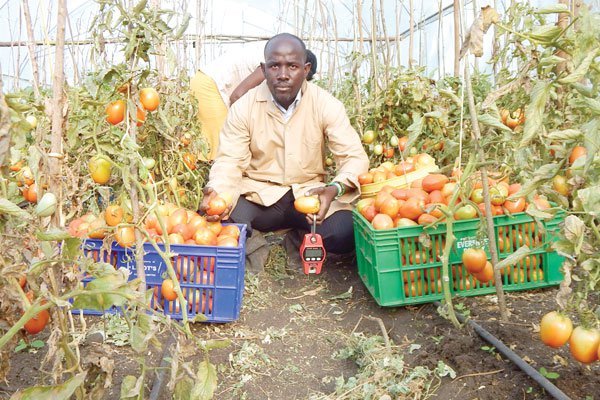
Farmers in Homa Bay County are embracing greenhouse technology in a bid to boost productivity. This is after the county government donated two training greenhouse structures to farmers groups in each of its 40 wards with the aim of promoting the technology.
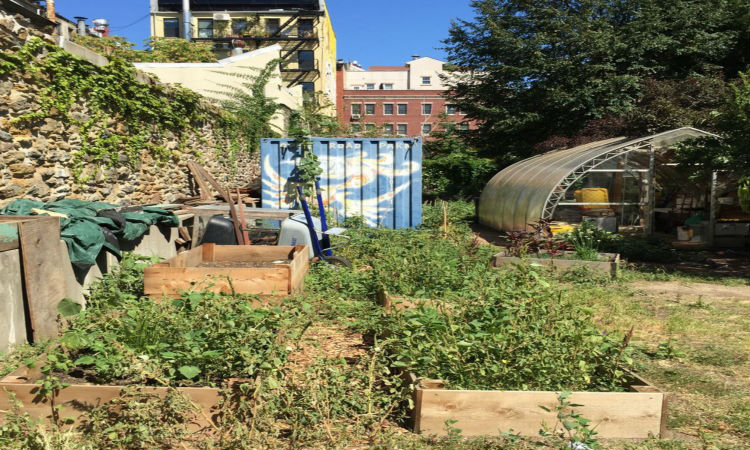 Reclaimed Organics is taking leftover meals and throwing them onto bike wheels, reducing both automobile transportation and food waste through a simple, low-input service. A couple of days a week, employees travel New York City via bicycle, collecting leftover ‘organics’ (compostable food scraps) and transporting them to a managed garden called East Side Outside Community Garden.
Reclaimed Organics is taking leftover meals and throwing them onto bike wheels, reducing both automobile transportation and food waste through a simple, low-input service. A couple of days a week, employees travel New York City via bicycle, collecting leftover ‘organics’ (compostable food scraps) and transporting them to a managed garden called East Side Outside Community Garden.
Founder Laura Rosenshine calls Reclaimed Organics, “… a kind of reverse delivery food service. We order pizza,” she says, “why can’t we call for someone to come and pick up our compost?”

In the outskirts of Chuka town in Igamba Ng’ombe Constituency, Tharaka-Nithi County, there’s an outstanding farm along Kangoro-Rubate Road. The 3.5 acre christened Kagumo-Hort farm belongs to Murithi Musa and his brother Edward Micheni.Their farm is a beehive of activity. On the ground, lay bits of cassava well spread as part of the chicken feed; the poultry house is well constructed such that the chicken are kept clean and warm.
Hardening your seedlings is one of the most important things you can do to help ensure their survival. Without hardening, your seedlings won’t be able to adapt to the change in temperature or the exposure to weather, like wind and rain. Some ways to ensure your seedlings are outdoor-ready include:
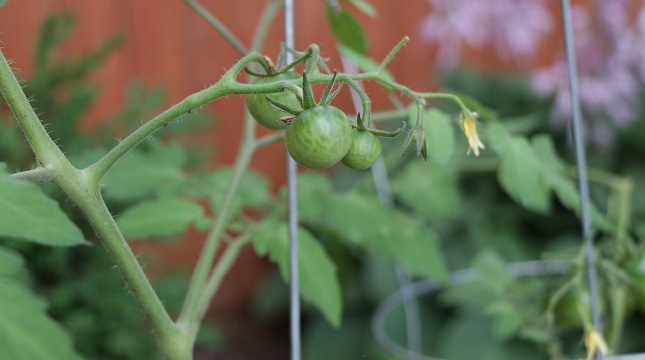
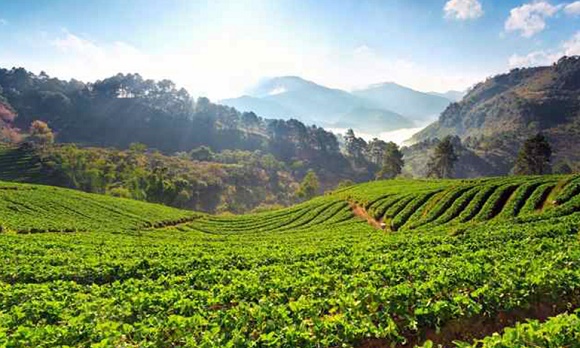 The newly released 2016 Food Sustainability Index (FSI), developed by the Economist Intelligence Unit (EIU) with the Barilla Center for Food and Nutrition (BCFN) Foundation, ranks countries on food system sustainability based off three pillars: food loss and waste, sustainable agriculture, and nutritional challenges.
The newly released 2016 Food Sustainability Index (FSI), developed by the Economist Intelligence Unit (EIU) with the Barilla Center for Food and Nutrition (BCFN) Foundation, ranks countries on food system sustainability based off three pillars: food loss and waste, sustainable agriculture, and nutritional challenges.
The index, presented at the 7th International Forum on Food and Nutrition in Milan in December 2016, aims to encourage policy makers to place food and its production issues as high priority items in their policy agendas. According to the FSI, The world population is projected to reach 8.1 billion by 2025. The vast majority of the growth, 95 percent, will come from developing countries, many of which are dealing with the double burden of hunger and rising obesity. Meanwhile, climate change is presenting new challenges to the agriculture sector. By highlighting performance of different countries and identifying best practices, the index establishes a comparable benchmark for leaders around the world to reference and measure their progress in establishing a sustainable food system. According to the authors, “The FSI is a tool for policymakers and experts to orient their action, for students to be educated, and for the public to conscientiously adjust their behaviour for the food of our health and our planet.”
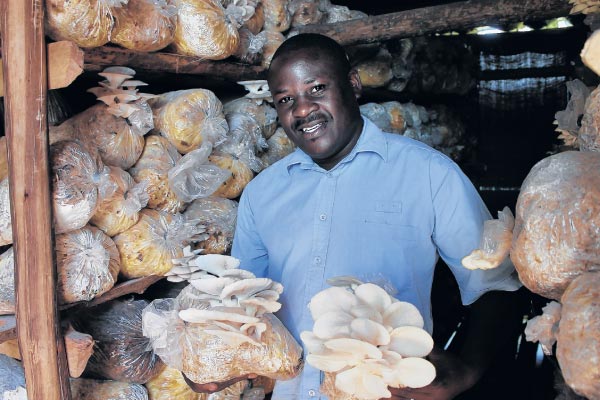
Susan Kabacia is a researcher specialising in mushroom production at the National Museums of Kenya. Here, together with her team they collect, identify, preserve, conserve and present wild mushroom species. Catherine Kamiri, a former accountant quit her job years back to focus on agribusiness and now she runs a thriving mushroom business.
Ghana is faced with a harsh reality: a decline in agricultural productivity continues to threaten the economic development of the country.
Inadequate finances, climate change, poor pricing and marketing incentives, inadequate agricultural extension agents, pest and diseases and a lack of access to fertilizers are all contributing to the declining fortunes of the sector.
第 22 页 共 110 页

